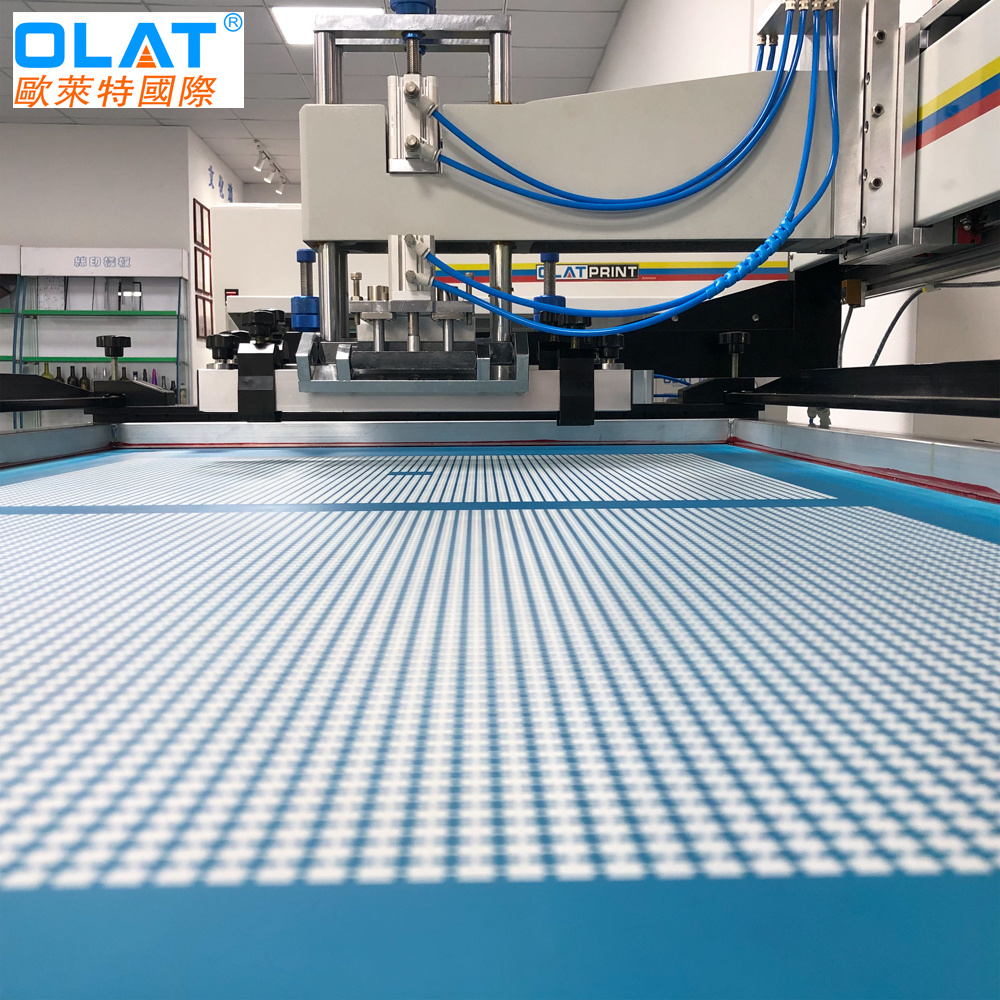(1) There are coarse particles in the ink, compared with the small aperture of the screen, which blocks the mesh. At this time, the ink should be taken out and replaced with new ink for printing. The adjusted ink is best filtered with a screen with a higher number of days than the printing screen before use.

(2) The ink dries too fast to cause the dry plate, thus causing the mesh to be blocked. The temperature of the screen printing environment is relatively high, and the solvent volatilization rate is too fast, so the screen printing should be carried out in an air-conditioned room. In order to adjust the solvent volatilization speed, high boiling point solvents such as turpentine and turpentine can also be added to the ink.
(3) The viscosity of the ink is high, the fluidity is poor, and the permeability is poor during screen printing, which is easy to cause mesh blockage. At this time, diluent can be added to the ink, and it can be used after stirring well.
(4) In the process of screen printing, if there is mesh blockage, the ink should be readjusted, and the screen should be cleaned immediately before screen printing. If the screen printing is forced regardless of the blockage of the mesh, firstly, the quality of the screen-printed product will be poor, and secondly, the blockage will be more serious, and even cause the screen to be scrapped.


